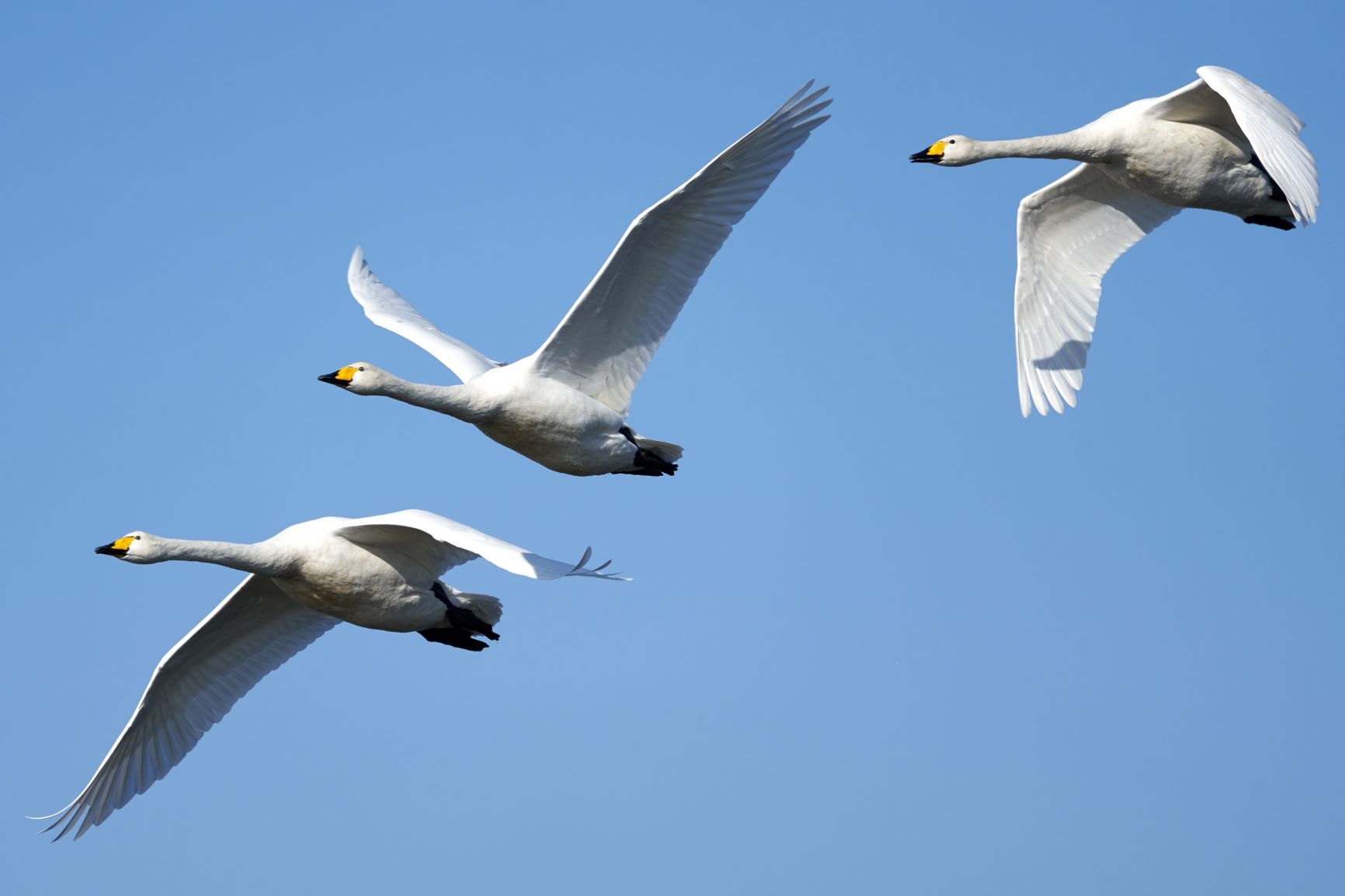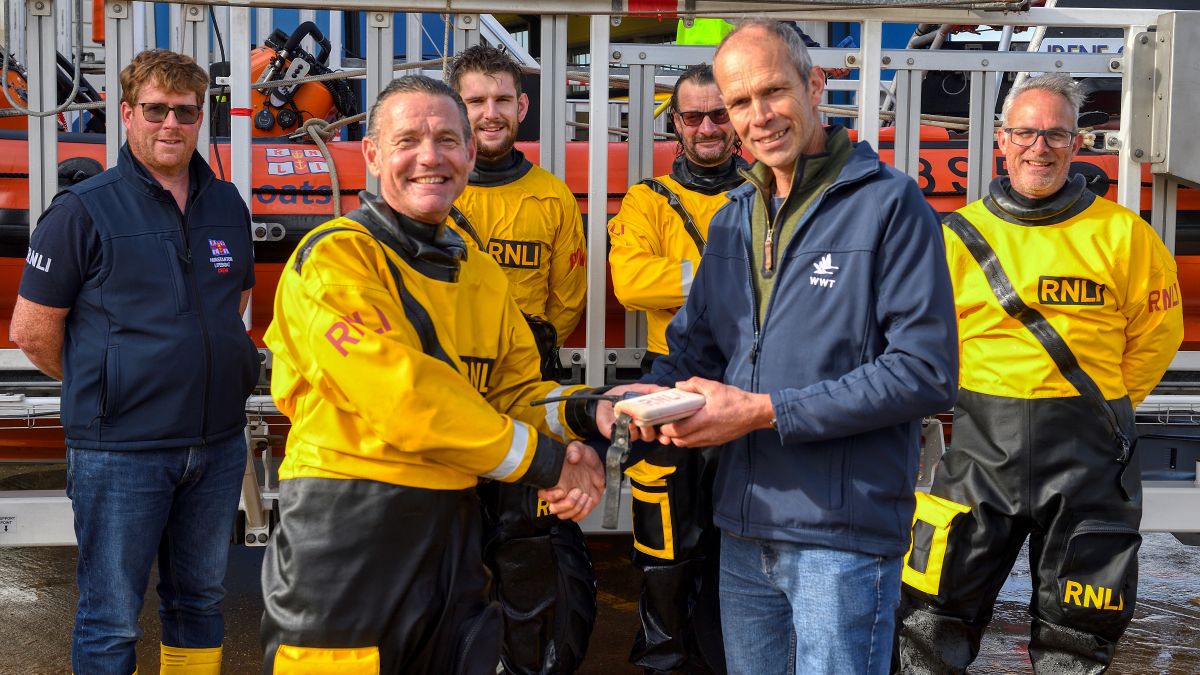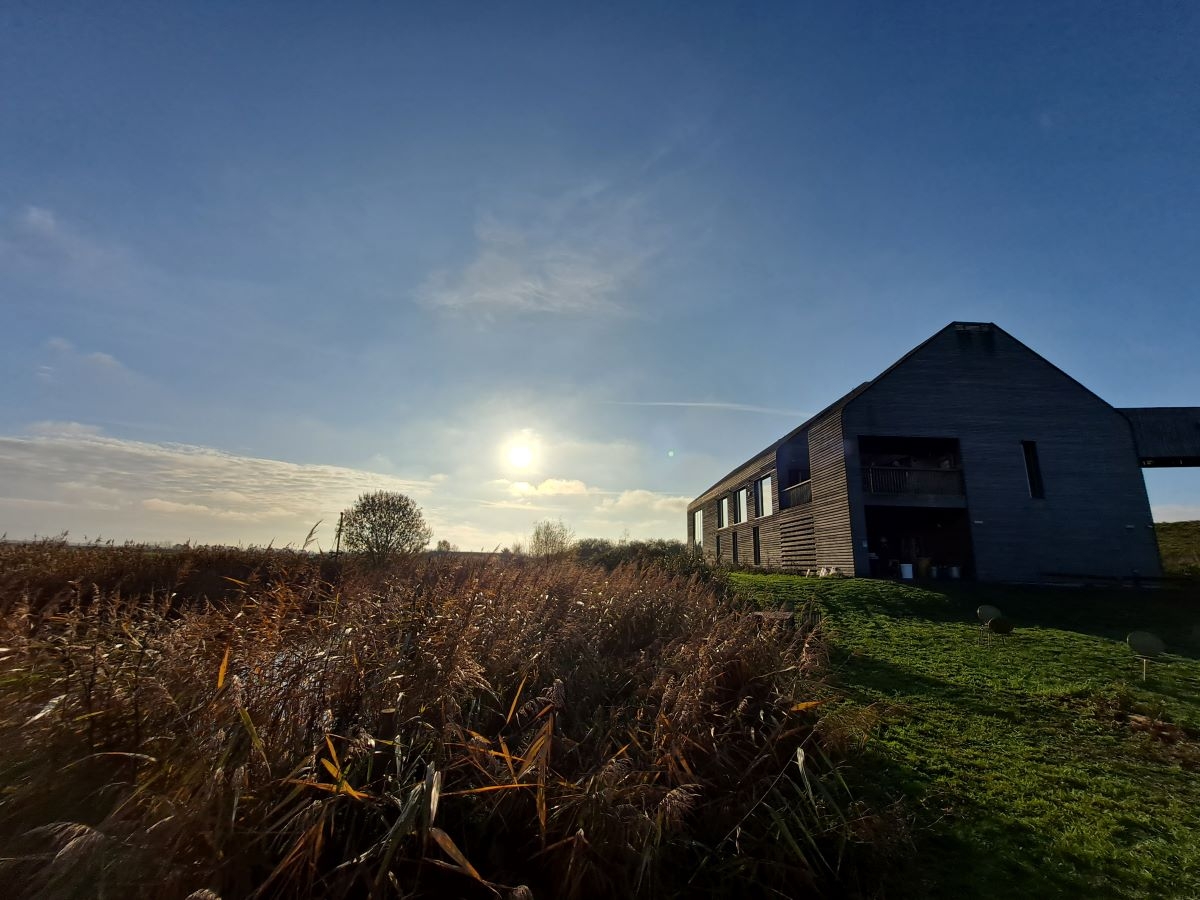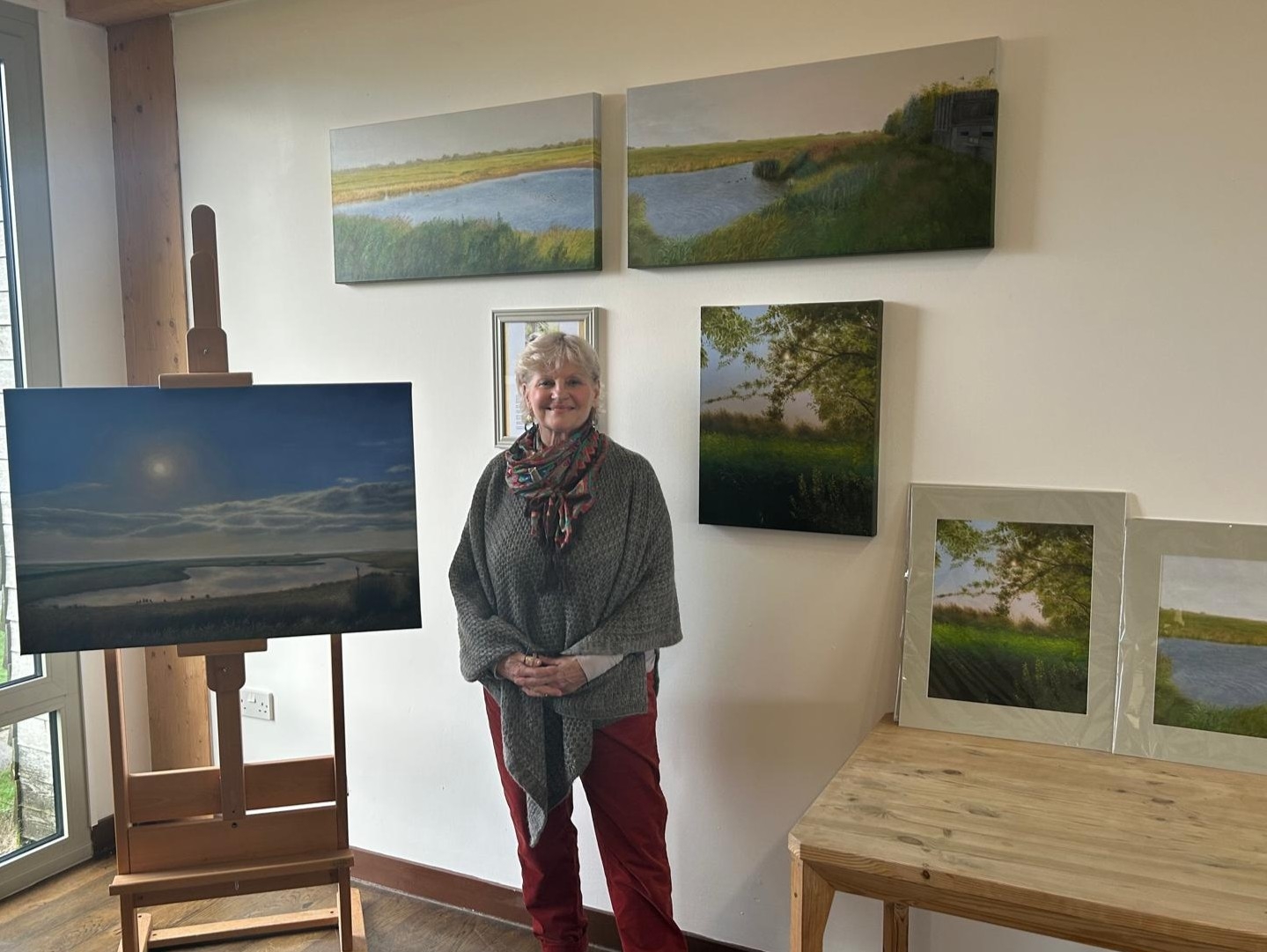Winter update from WWT Welney
Although our wetland centre is closed for now, work still continues across the reserve by a small team of staff and volunteers. Here are a few of things that keep us active physically and mentally, as well as the rewards that the reserve gives back.
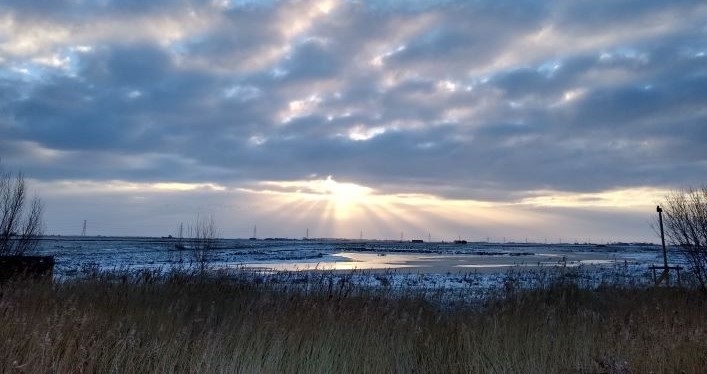
We’ve been putting regular posts onto the website during times of lockdown to help visitors, members and even our own teams of staff and volunteers keep up to date with life at WWT Welney.
The seasonal changes taking place within the landscape and wildlife, as well as the essential conservation tasks which take place, albeit by a much reduced team. We hope that this blog will give previous and new readers some insight to how the team are getting on around our wetland centre.
WWT Welney blog video - February 2021 from WWT on Vimeo.
When we talk about our wetland reserve, there are two main areas we reference. The Welney Washes, the section of the Ouse Washes owned by WWT - managed by our team, and Lady Fen which sits alongside the visitor centre and is separate from the Ouse Washes. The Ouse Washes have a dual role as a floodplain for the River Great Ouse as well as providing wetland habitat for a variety of species year-round, our recent blog on flooding gives detail on the balance of these roles and the challenges we face. Our visitor access to the Welney Washes all lies within the flood storage area, therefore footpaths become flooded when water levels are high and access to most hides is restricted. Our team of staff and volunteers are used to clearing the paths of the silt and debris left after flooding events, to re-open the hides and viewing areas as quickly as possible.
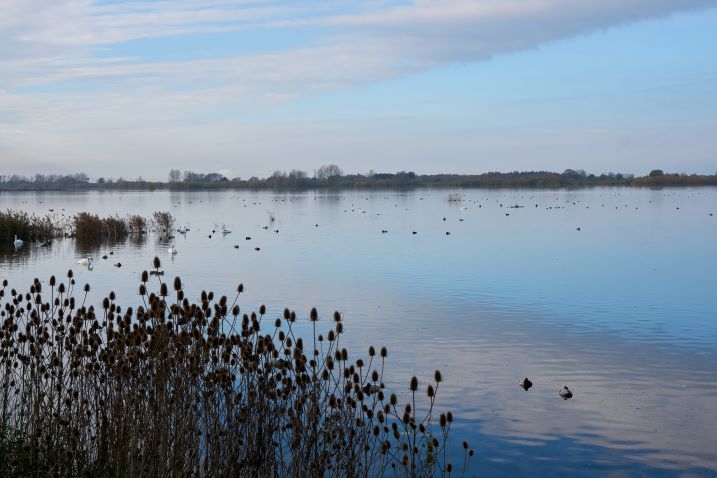 View across Ouse Washes from the main observatory.
View across Ouse Washes from the main observatory.
Lady Fen comprises of 300 acres of wetland recreation, which is not subjected to the same flooding events as the Ouse Washes. This area is not open to visitors all year round, but we did open a walk route round the perimeter in autumn 2020. We are hoping to do the same again this summer, once the ground-nesting birds have finished their breeding season.
Crisp winter mornings are one of the best times to appreciate our amazing wetlands at Welney. Listening to the whooper and Bewick’s swans in the mornings before they fly out all whooping and bugling to one another is one of the classic sounds of winter. Our wetlands support tens of thousands of birds each winter, from wetland birds like swans and curlew, to generalists like goldfinches. All of this wouldn’t be possible without the hard work of our team of volunteers and staff, protecting the habitat and wildlife.
Leigh Marshall, Centre Manager
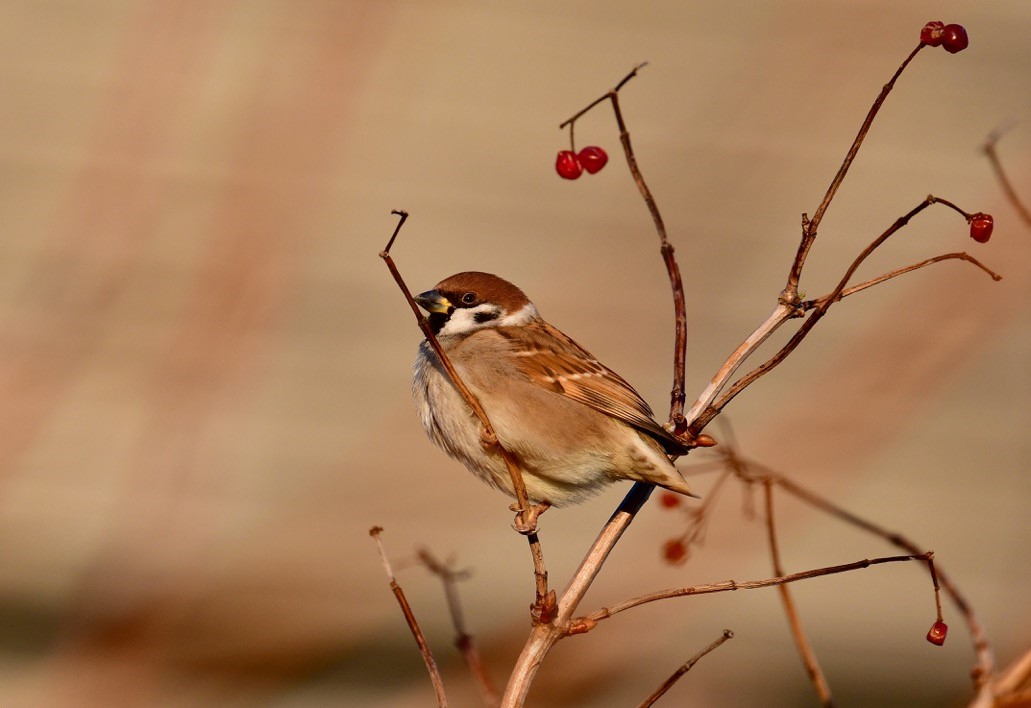 Tree sparrow
Tree sparrow
Winter at Welney is most famous for the swan spectacle and we encourage some of the swans closer to our main hide with daily feeds. It isn’t just the swans that enjoy this bit extra food, ducks like pochard, tufted duck and mallard as well as waterbirds like moorhen and coot will take advantage of the easy meal. Smaller passerines are also catered for with our bird feeding stations. Tree sparrows join house sparrows and reed bunting as well as goldfinches, blue tits and great tits on the well-stocked feeders.
Tasks like cleaning and filling the bird feeders, monitoring the tree sparrows and repairing or replacing nest boxes would normally be shared amongst the team of volunteers. Other teams feed the swans and ducks or even give the commentary for our visitors. People are greatly missed at the moment, volunteers and the many thousands who would normally visit our centre. We are capturing as much detail of the site as possible, in film and photo, and then sharing this through the website and social media to help people stay connected to our wetlands and wildlife.
Emma Brand, Marketing Officer
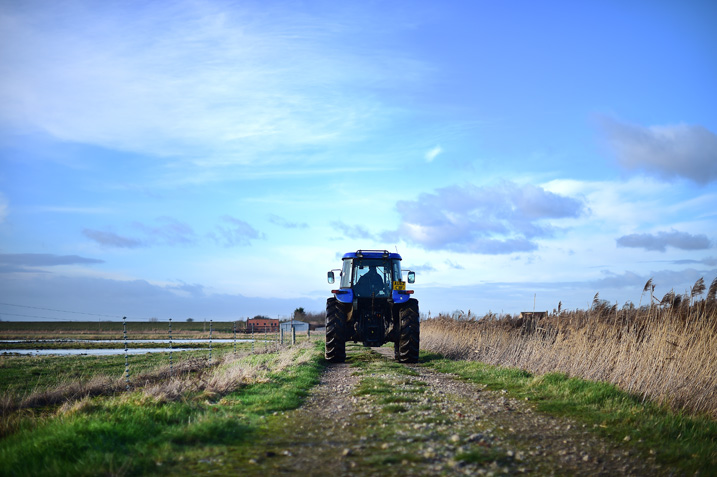 Tractor on Lady Fen
Tractor on Lady Fen
Much of the habitat management work across the site has taken place over the last 4-6 months, and the team are now into the final few weeks before breeding season begins. Cold temperatures recently have helped with the final sections of rotavating. This is where the slubbing banks along the ditches after diggers have previously removed silt, are now broken from large chunks of mud into a much finer sediment. These areas then provide ideal space for lapwing territories. Machinery including diggers, tractors with a topper or rotavator, chainsaws and strimmers have been used on the different areas of the reserve to promote the habitat needed by key species and provide viewing areas of the landscape for visitors. During the summer months herds of cattle graze the washes, these herds are back on their farms for the winter months when water levels are at their highest and ground nesting birds will be starting to lay their eggs by early spring.
Whilst my focus in the summer months is managing the herds of cattle grazing the washes, checking they are healthy and have enough vegetation to feed on as well as making sure they are getting the habitat ready for the year ahead. During the winter months whilst the cattle are away, my time is shared between maintaining equipment and reserve structures, working with teams of volunteers to clear the willow that has been pollarded and taking part in the commentated swan feeds for visitors.
David Tough, Grazing Officer
Whilst the majority of our habitat is lowland wet grassland, managed for the ground-nesting birds and mix of wintering wildfowl, there are also areas of tree cover, scrub and reedbed throughout the reserve. All areas of the reserve are managed on rotation so that we have a range of different growth ages within the vegetation. Willow trees are fast growing and in the past were harvested for weaving baskets, nets and hurdles. We continue the practice of pollarding to encourage new growth which provides areas for small birds to nest as well as benefitting a range of insect species, from goat moths, to solitary bees and beetles.
Our centres may be closed, but our work to manage them continues
On top of this, we have so much other work to do with the climate emergency, threats to biodiversity and the future of many beloved species hanging in the balance.
Our income is being squeezed. If you can, please make a donation to our emergency appeal today so we can continue to protect, restore and conserve our wetlands and their wildlife.
